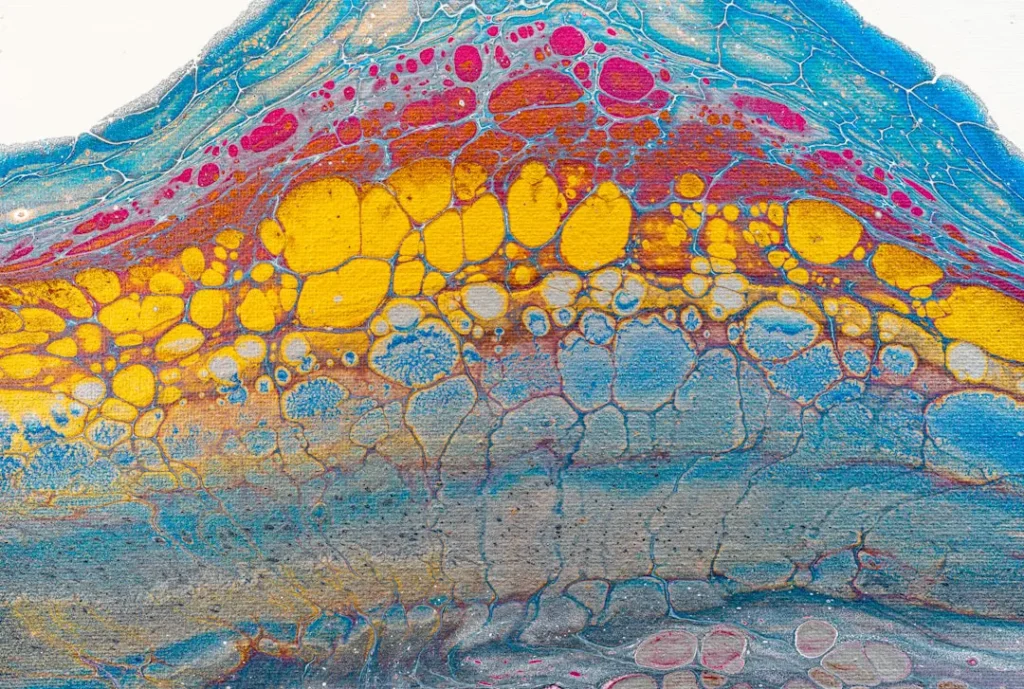As the search for the fountain of youth continues, science has made remarkable discoveries that offer insights into the aging process and potential ways to slow it down. Central to this quest is the coenzyme called NAD+, short for Nicotinamide Adenine Dinucleotide, which plays a crucial role in various metabolic processes that sustain life.
Its decline is closely linked with the onset of aging and a plethora of age-related diseases. Understanding how NAD+ influences these processes provides a glimpse into effective aging intervention strategies. Below, we delve into the significance of NAD+, its implications for aging, and the future of age-related research.
Understanding NAD+ and Its Critical Function in Cellular Health

Nicotinamide Adenine Dinucleotide is a vital molecule found in every cell within the body. It serves as a key player in metabolism, helping to convert nutrients into energy and acting as a helper molecule for proteins that regulate other cellular functions.
This coenzyme is essential for the proper functioning of the mitochondria, the ‘powerhouses’ of the cells, and is involved in repairing damaged DNA and other vital cellular repair processes.
Beyond energy metabolism, NAD+ also works in concert with proteins called sirtuins, which are critical for maintaining cellular health and longevity. Sirtuins regulate inflammation, repair damaged DNA, and have been implicated in the process of aging itself.
As NAD+ interacts with these proteins, it affects gene expression and helps the body respond to various stressors.
The levels of NAD+ naturally decrease with age, a fact that scientists believe contributes significantly to the aging process and the development of age-related diseases.
Research has highlighted the importance of maintaining NAD+ levels to preserve health and stave off the decay associated with growing older. In turn, this understanding has sparked a global race to find ways of boosting NAD+ within the body.
The Connection Between NAD+ Levels and the Aging Process

The connection between NAD+ levels and aging is a fascinating aspect of modern biochemical research. Studies suggest that as NAD+ decreases with age, mitochondrial function is impaired, leading to decreased energy production in cells and the accumulation of cellular damage. This process contributes to the tell-tale signs of aging, including wrinkles, muscle weakness, and cognitive decline.
Indeed, the depletion of NAD+ has been observed in tandem with the progression of various age-related conditions, such as neurodegenerative diseases and metabolic disorders. For instance, in Alzheimer’s disease, the brain’s reduced capability to efficiently utilize glucose for energy has been linked to diminished NAD+ levels.
Interventions aimed at increasing NAD+ have shown promise in animal studies, where boosts in NAD+ levels led to improved mitochondrial function, better muscle endurance, and even reversal of some molecular aspects of aging. These preclinical trials provide a foundation for considering NAD+ augmentation as a potential strategy to mitigate aging in humans.
NAD+ and Its Impact on Age-Related Diseases
Age-related diseases often share common underlying mechanisms, such as chronic inflammation, genomic instability, and metabolic dysfunction, many of which are associated with diminished NAD+ levels.
There is growing scientific evidence that supporting NAD+ levels may have broad therapeutic potential in mitigating these diseases. For example, in the case of Type 2 Diabetes, enhancing NAD+ could improve insulin sensitivity and oxidative stress markers.
Cardiovascular diseases, which are the leading cause of death worldwide, are another area of interest in NAD+ research. Experimental studies suggest that boosting NAD+ can improve the health of blood vessels and reduce arterial stiffness, which are significant risk factors for heart attacks and strokes.
Additionally, certain cancers have been found to exploit the body’s NAD+ pathways to fuel their growth, indicating that modulating these pathways might offer new avenues for cancer therapy.
This exciting field of research illustrates the complex role NAD+ plays in age-related diseases and the potential impact its modulation could have on treatment protocols.
Overall, the journey into the discovery of NAD+’s roles in aging and age-related diseases is one of the most exciting ventures in contemporary science.
As research advances, our understanding will undoubtedly deepen, paving the way for innovative therapies that promote a healthy, more vibrant aging process for generations to come.






